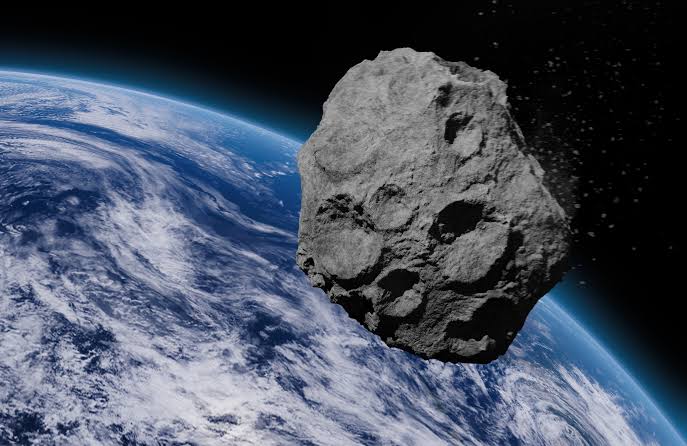In an exciting cosmic event, Earth is set to acquire a brief companion in space—an asteroid known as 2024 PT5.
Entry into Orbit:
This near-Earth asteroid (NEA) will enter Earth’s orbit on September 29, 2024, remaining as a mini-moon for nearly two months before continuing its journey through the solar system.
Size and Classification:
Measuring 11 meters in diameter—approximately the size of two giraffes—2024 PT5 is classified as an Arjuna asteroid.
Gravitational Capture:
A study published in the Research Notes of the American Astronomical Society states that Earth’s gravity will capture the asteroid as it approaches at a low relative velocity.
Departure from Orbit:
The asteroid is expected to exit Earth’s orbit on November 25, resuming its path around the sun, with another close approach to Earth anticipated on January 9, 2025.
Understanding Mini-Moons: Researchers explain that Earth frequently captures near-Earth objects (NEOs), referred to as “temporarily captured flybys,” which are generally short-lived and eventually return to their original solar orbits.
Current Location: 2024 PT5 is currently located in the constellation Draco, about 1.9 million miles (3 million km) from Earth. Despite its proximity, it is too faint to be seen with the naked eye or standard backyard telescopes, requiring powerful 30-inch telescopes for observation.
Origin of 2024 PT5: Asteroids like 2024 PT5 are believed to originate from the Main Asteroid Belt between Mars and Jupiter. This asteroid belongs to the Arjuna group, which has an orbit similar to Earth’s around the sun.
Discovery:
The asteroid was discovered on August 7 by South Africa’s Asteroid Terrestrial-impact Last Alert System (ATLAS) telescope, the same system that recently detected the naked-eye comet A3.
Visibility:
Unfortunately, 2024 PT5 won’t be visible to the naked eye, and typical home telescopes are unlikely to suffice. Carlos de la Fuente Marcos, one of the study’s authors, noted, “The object is too small and dim for amateur telescopes and binoculars,” although it remains visible to professional astronomers’ telescopes.
This temporary mini-moon serves as a reminder of the dynamic and ever-changing nature of our cosmic neighborhood.

